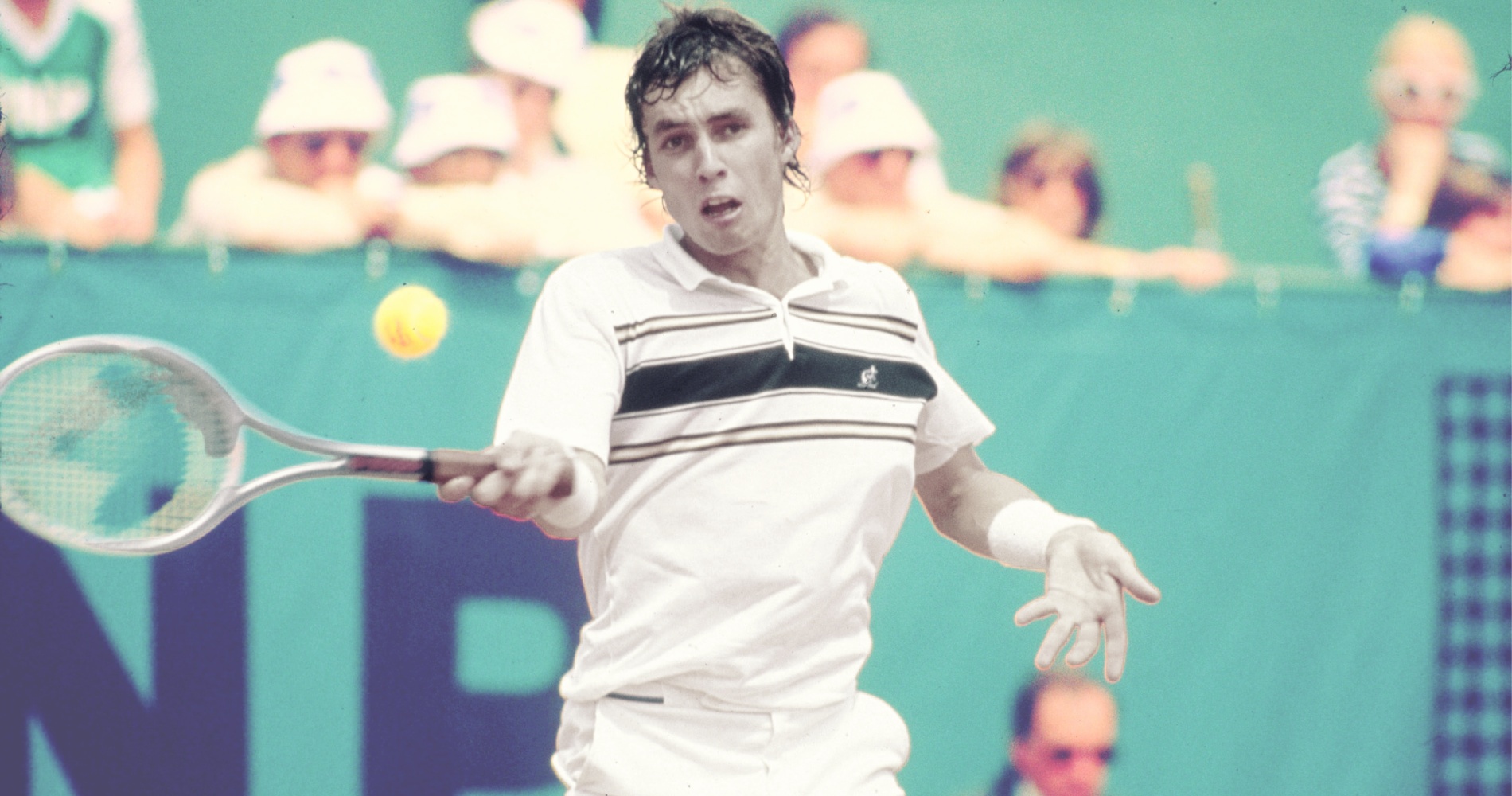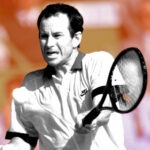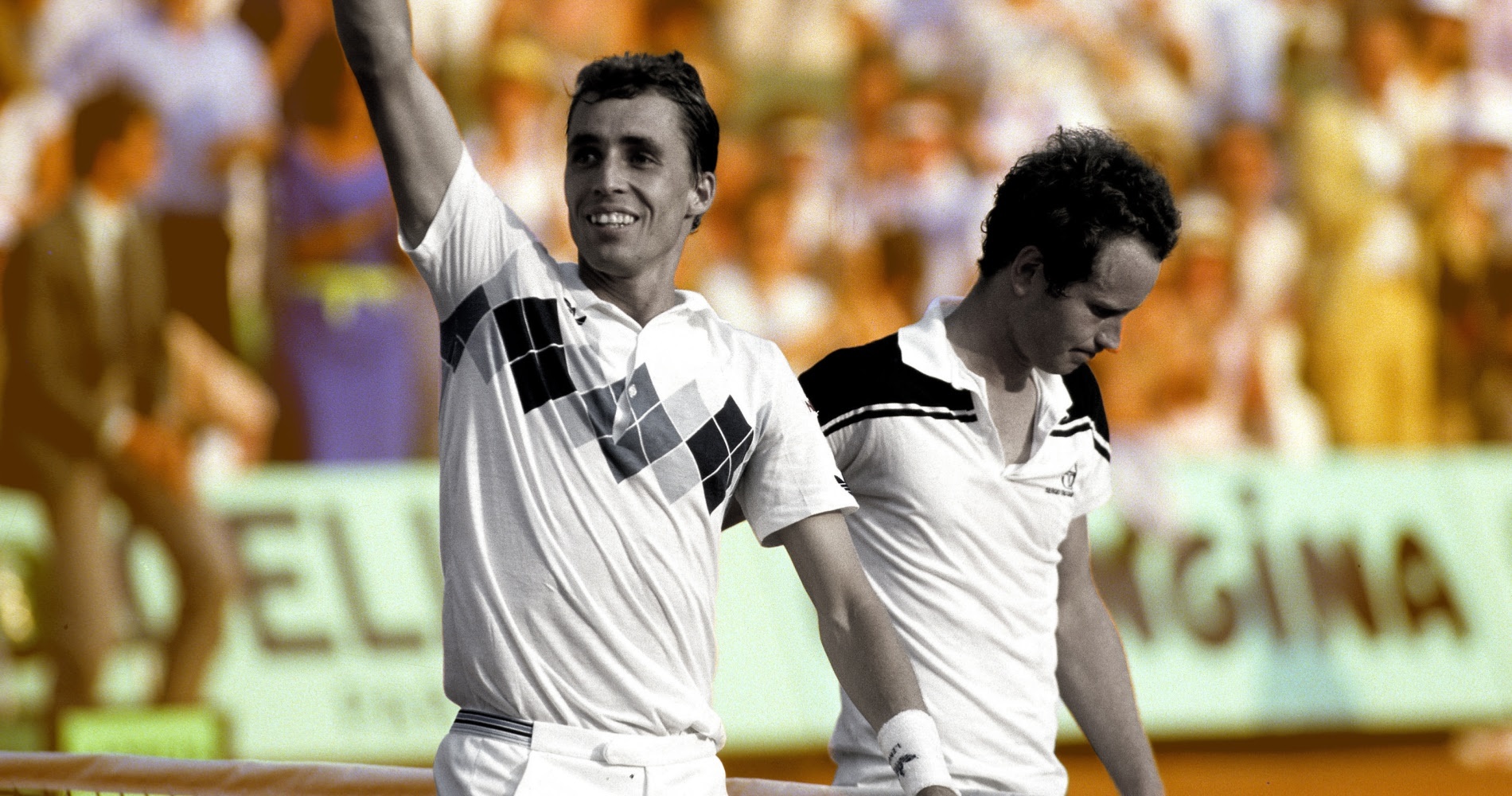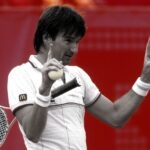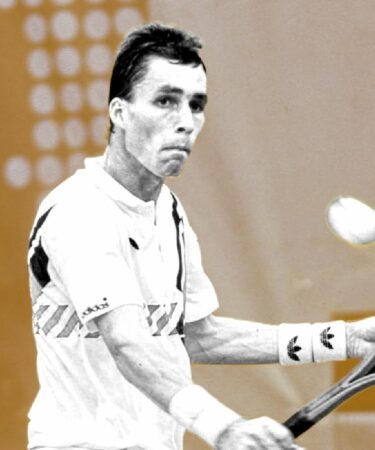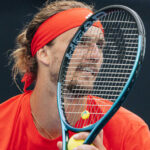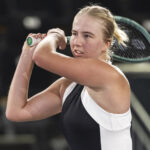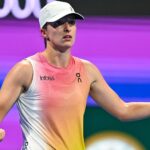October 20, 1985: The day Ivan Lendl and Henri Leconte had their match interrupted by a religious fanatic
Every day Tennis Majors takes you back in time to celebrate an important moment in tennis history. Today, we go back to 1985 to witness how a religious fanatic interrupted the final of the Australian Indoor Championships in Sydney, offering the players a drink
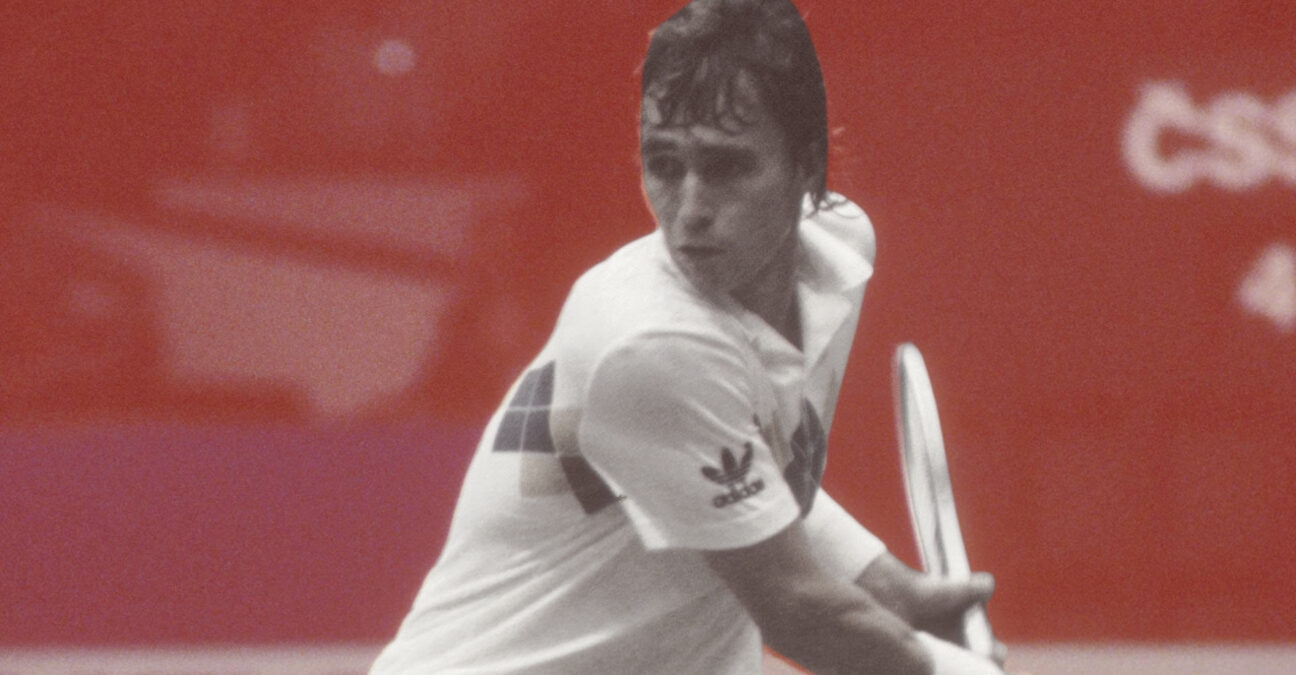
What happened exactly on that day?
On this day, October 20, 1985, an awkward incident happened during the final of the Australian Indoor Championships in Sydney. In the middle of their match, Henri Leconte and Ivan Lendl saw a man entering the court and presenting them drinks on a tray while preaching against the banking system. The incident didn’t break Lendl’s concentration, as he prevailed 6-4, 6-4, 7-6.
The players: Ivan Lendl and Henri Leconte
- Ivan Lendl: The Grand Slam champion and world No 1
Born in 1960, Ivan Lendl was world No 1 in October 1985. After turning professional in 1978, he stood as one of the four best players in the world since 1980, along with Bjorn Borg, John McEnroe, and Jimmy Connors. Although he had won dozens of ATP tournaments, including the Grand Prix Masters in 1981 (defeating Vitas Gerulaitis, 6-7, 2-6, 7-6, 6-2, 6-4), he didn’t claim a Grand Slam title until 1984.
In fact, he had been defeated four times in Grand Slam finals, once in Roland-Garros (in 1981, defeated by Bjorn Borg), twice at the US Open (beaten by Jimmy Connors in 1982 and 1983), and once at the Australian Open (lost to Mats Wilander in 1983). In 1984, Lendl eventually triumphed at the French Open, defeating John McEnroe in an epic final in which he came back from two-sets-to-love down to lift his first Grand Slam trophy (3-6, 2-6, 6-4, 7-5, 7-5).
In 1985, he reached the final at Roland-Garros (defeated once again by Wilander, 3-6, 6-4, 6-2, 6-2), but a few months later, he claimed his first US Open title by prevailing against McEnroe (7-6, 6-3, 6-4) and securing the top spot.
Lendl set new standards in the baseline game, with a very powerful topspin forehand that allowed him to play aggressively while staying extremely consistent, pushing his opponents into a very tough physical challenge. He also set new standards in work ethic, practising more than anyone before and paying attention to his fitness and to his diet in a way which tennis players were not used to.
- Henri Leconte: The Grand Slam doubles champion from France
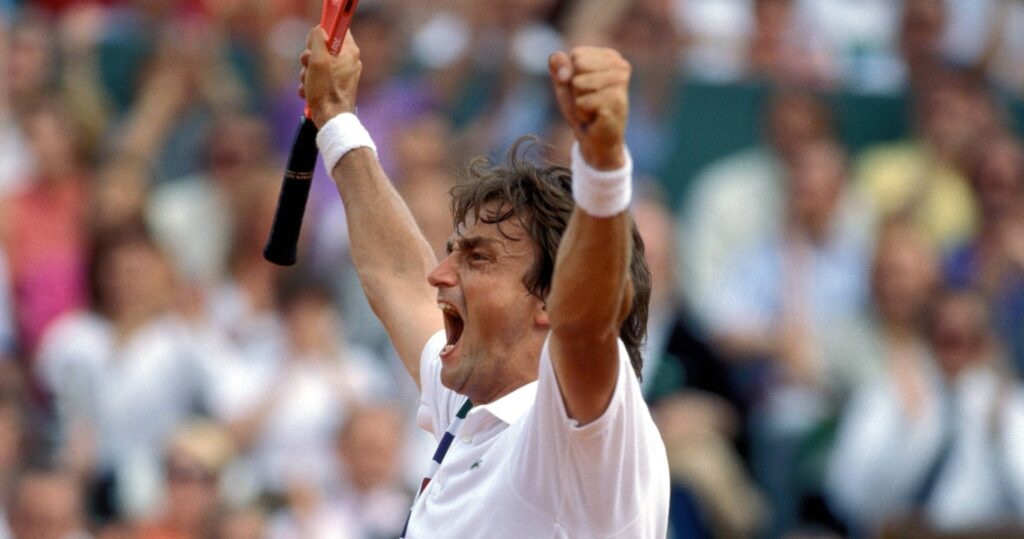
Henri Leconte was born in 1963. With his spectacular high-risk game, the left-hander drew attention for the first time when he claimed the juniors title at Roland-Garros in 1980. In 1982, he earned his first crown on the main tour, defeating Mats Wilander in the final of the Stockholm Open (7-6, 6-3). After having triumphed at doubles at Roland-Garros in 1984 (partnering Yannick Noah), he obtained his first remarkable Grand Slam results in singles in 1985 by reaching the quarter-finals at both Roland-Garros (lost to Wilander, 6-4, 7-6, 6-7, 7-5) and Wimbledon (lost to Boris Becker 7-6, 3-6, 6-3, 6-4). In October of that year, he was ranked No 22 in the world.
The place: Sydney, Australia
The Sydney Australian Indoor Championship was established in 1973 and held on indoor hardcourts. It was first one by Australian legend Rod Laver, who defeated countryman John Newcombe in the final (3-6, 7-5, 6-3, 3-6, 6-4). However, in the following years, American players took a hold on the event, with Connors triumphing in 1977 and 1978, followed by Gerulaitis in 1979 and McEnroe, who triumphed on four consecutive occasions (1980-1983).
The facts: Lendl extends winning streak to 17 matches
The final of the 1985 Australian Indoor Championships in Sydney was a promising showdown between two players with different game styles and personalities. Ivan Lendl, the world No 1, and Henri Leconte, the spectacular and unpredictable French southpaw. However, unexpectedly, this final would go down in tennis history for a different reason.
In the ninth game of the second set after Lendl had took the first one 6-4, as the players were tied at deuce on Leconte’s serve, “a man dressed in the uniform a tournament caterer walked on to the court carrying a silver tray with two drinks on it,” according to The Canberra Times. To everyone’s surprise, he then put his tray on the ground and declared, “I would like to bring these gentlemen two drinks.” As none of the players seemed interested by a glass of orange juice, the newcomer then began a speech about the evil of credit cards (the tournament was sponsored by a credit finance company, Custom Credits).
The man, who was employed as a dishwasher by the official tournament’s catering company, was then escorted out of the court by security guards. But Lendl, who was not slightly amused by this incident, was not impressed by the way things were managed.
“I felt they should have been rougher with him after they tried to take him away and he fights them. I don’t want to be cruel but it should be done as quickly as possible.”
It was the second incident that occurred during the tournament, as a bomb scare had already led to the evacuation of 7,000 spectators a few days earlier.
It was not enough to break the world No 1’s concentration. Having won the second set 6-4, he saved three set points in the third set before prevailing 6-4, 6-4, 7-6. Thanks to this win, Lendl extended his winning streak to 17 matches and strengthened his dominance of the tour.
What next? Lendl stays No 1 for three more years
Lendl would remain world No 1 without interruption until September,1988 (overtaken by Mats Wilander). In his career, he would accumulate eight Grand Slam titles: three at Roland-Garros (1984, 1986, 1987), three at the US Open (1985-1987), where he would appear in the final eight years in a row between 1982 and 1989, and two at the Australian Open after it switched from grass to hard court (in 1989 and 1990).
The Czech would never manage to win at Wimbledon, where his game was not as effective, although he would still reach the final there in 1986 (defeated by Boris Becker 6-4, 6-3, 7-5) and 1987 (lost to Pat Cash, 7-6, 6-2, 7-5). In 1992, after a five-year procedure, he would obtain American citizenship. At the end of his career in 1994, the now American would have been world No 1 for 270 weeks (topping Connors’ record of 268) and win 94 ATP titles.
Leconte, who climbed as high as world No 5 in 1986, would remain famous for reaching the Roland-Garros final in 1988 (defeated by Mats Wilander, 7-5, 6-2, 6-1). Up until 2023, he would remain the last French male player to reach the final in Paris. However, his biggest accomplishment would be the upset of Pete Sampras in the final of the 1991 Davis Cup, which helped France win the competition for the first time since 1932.

